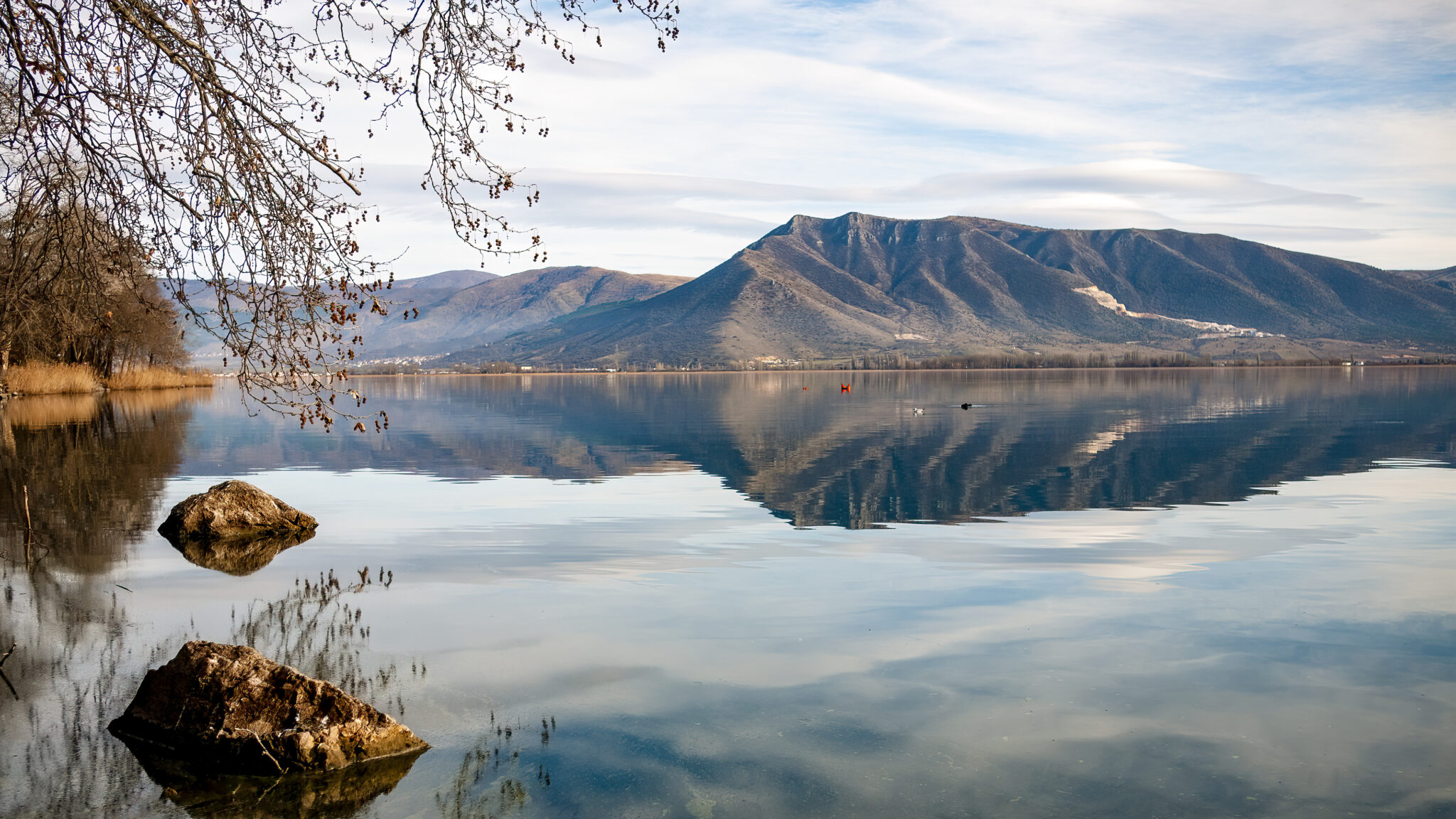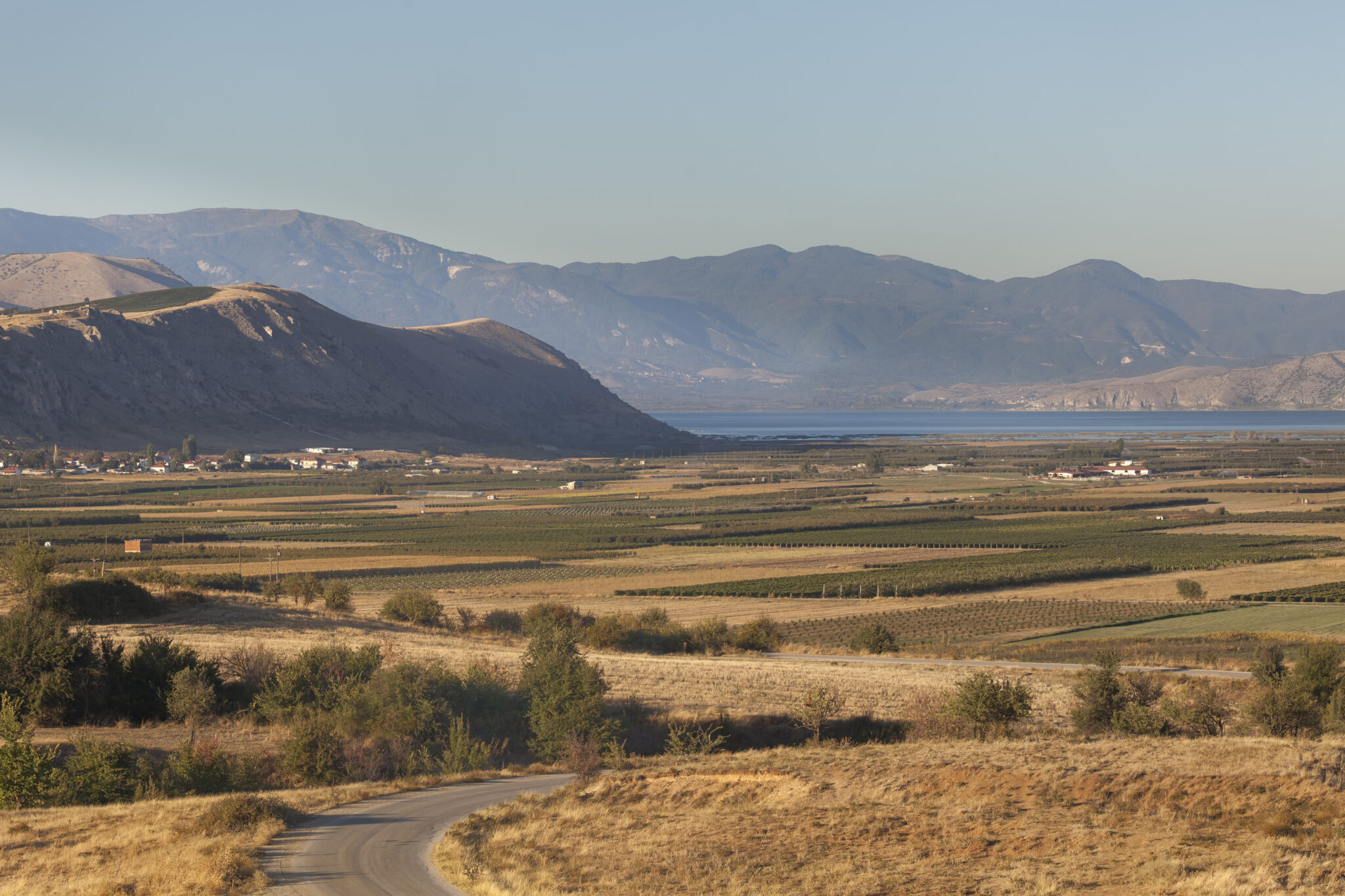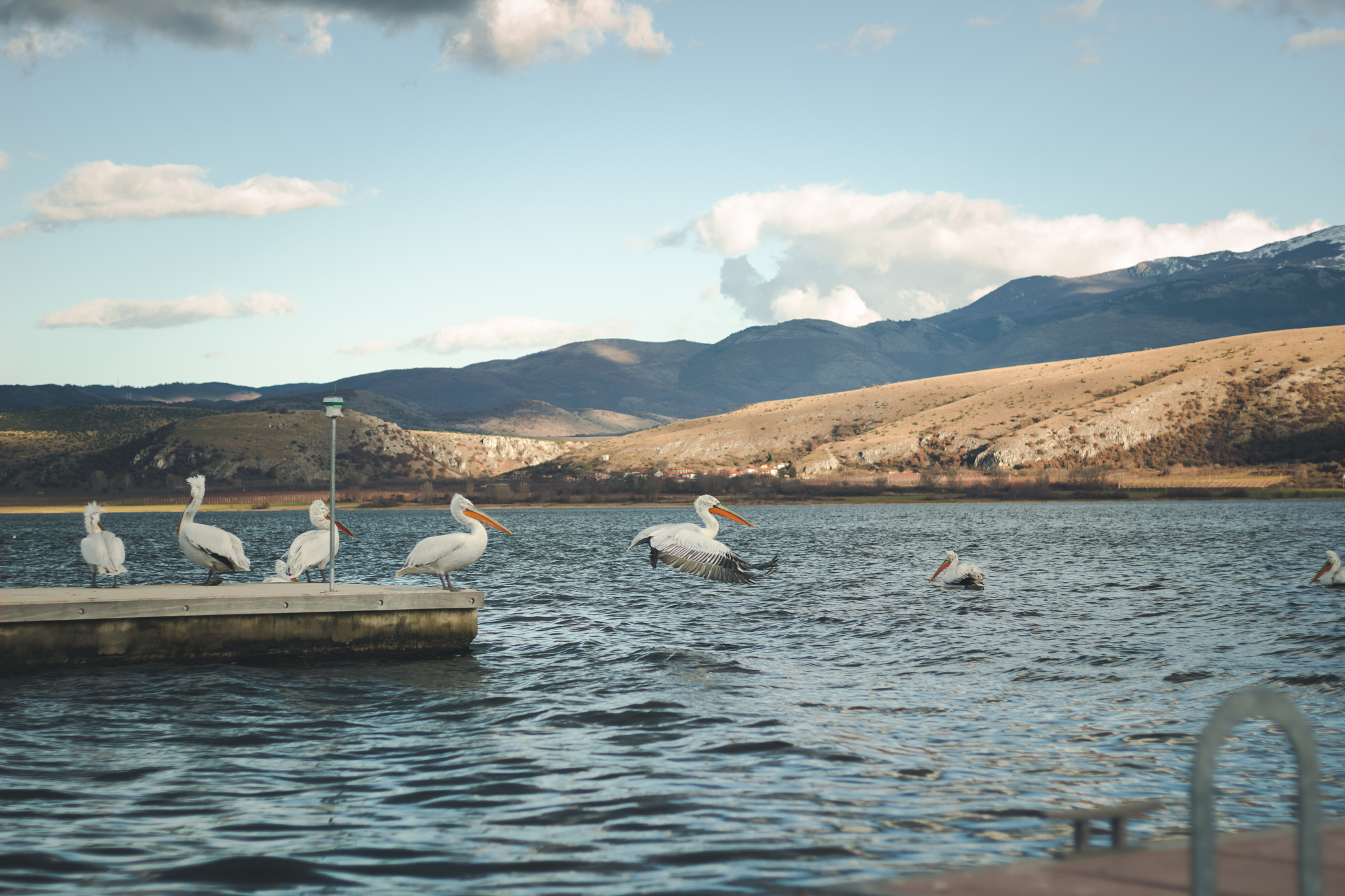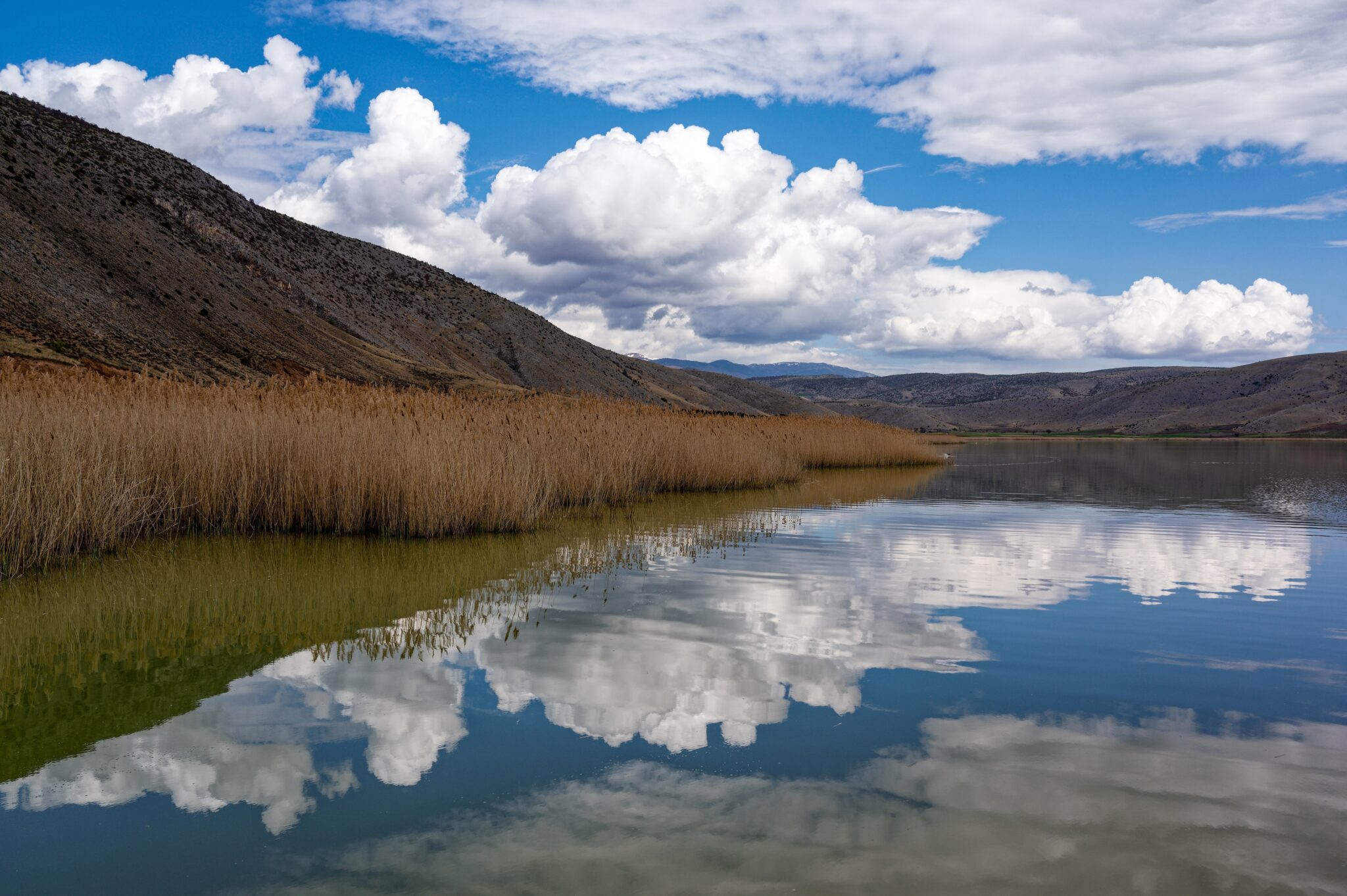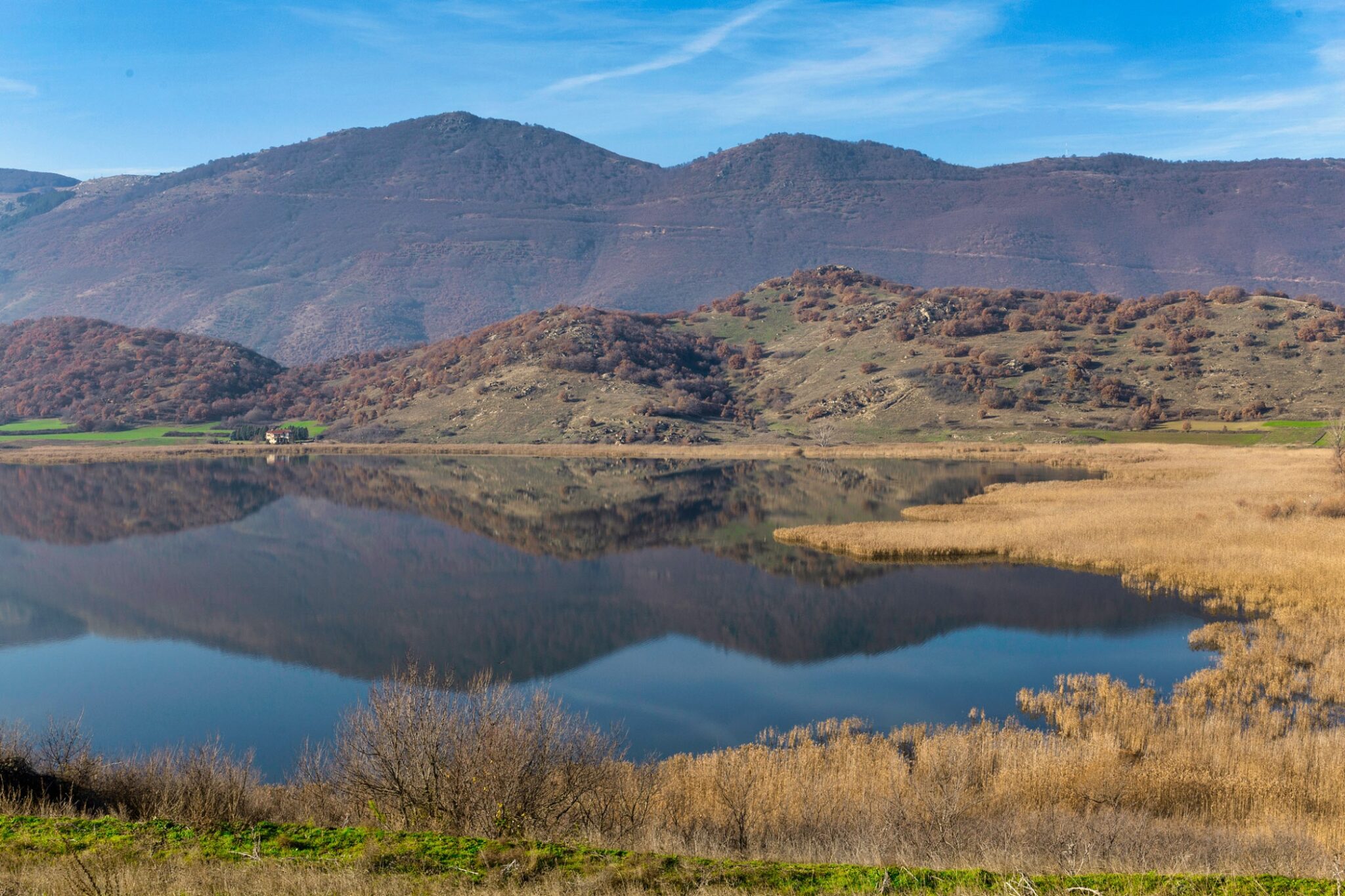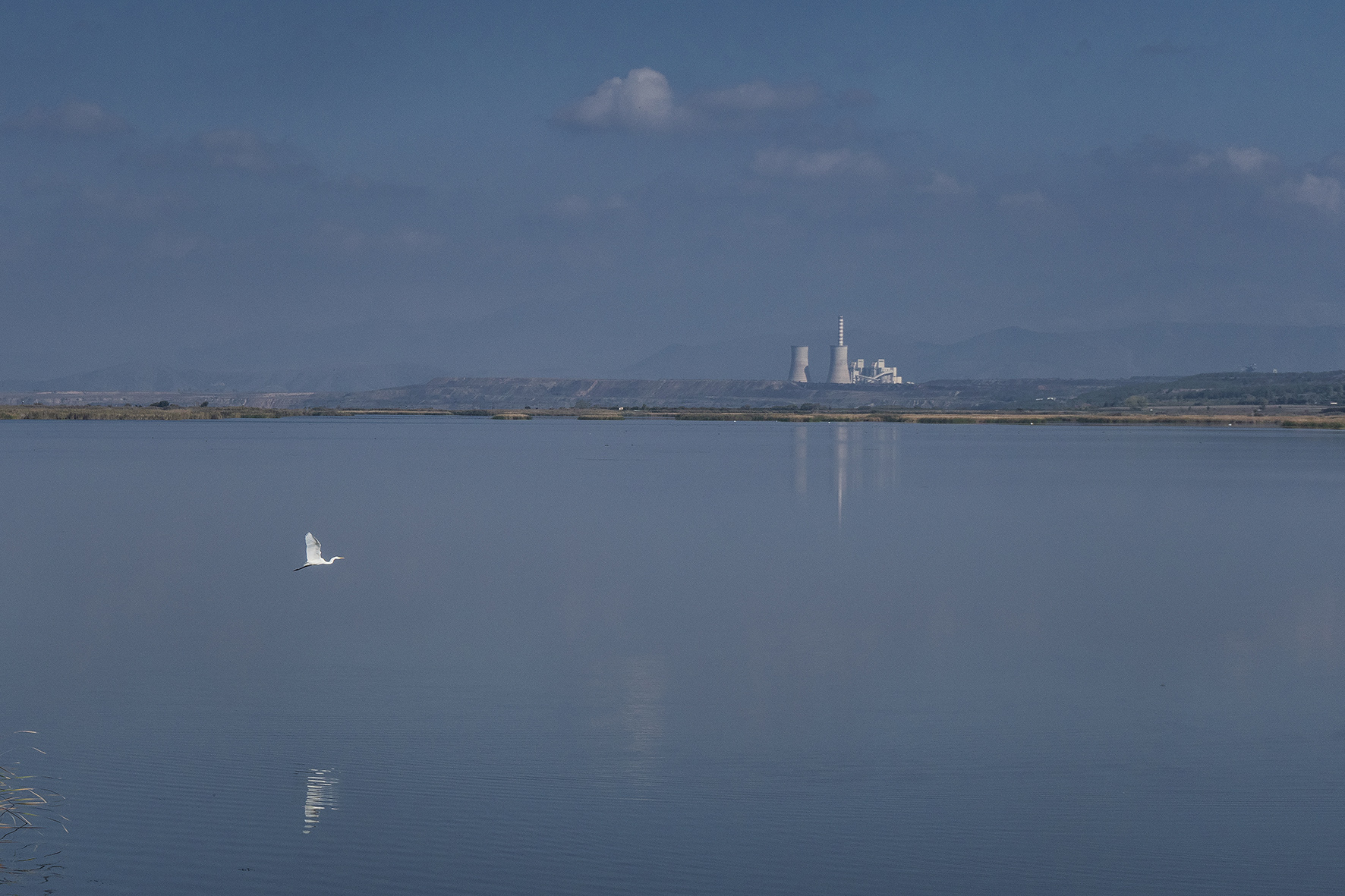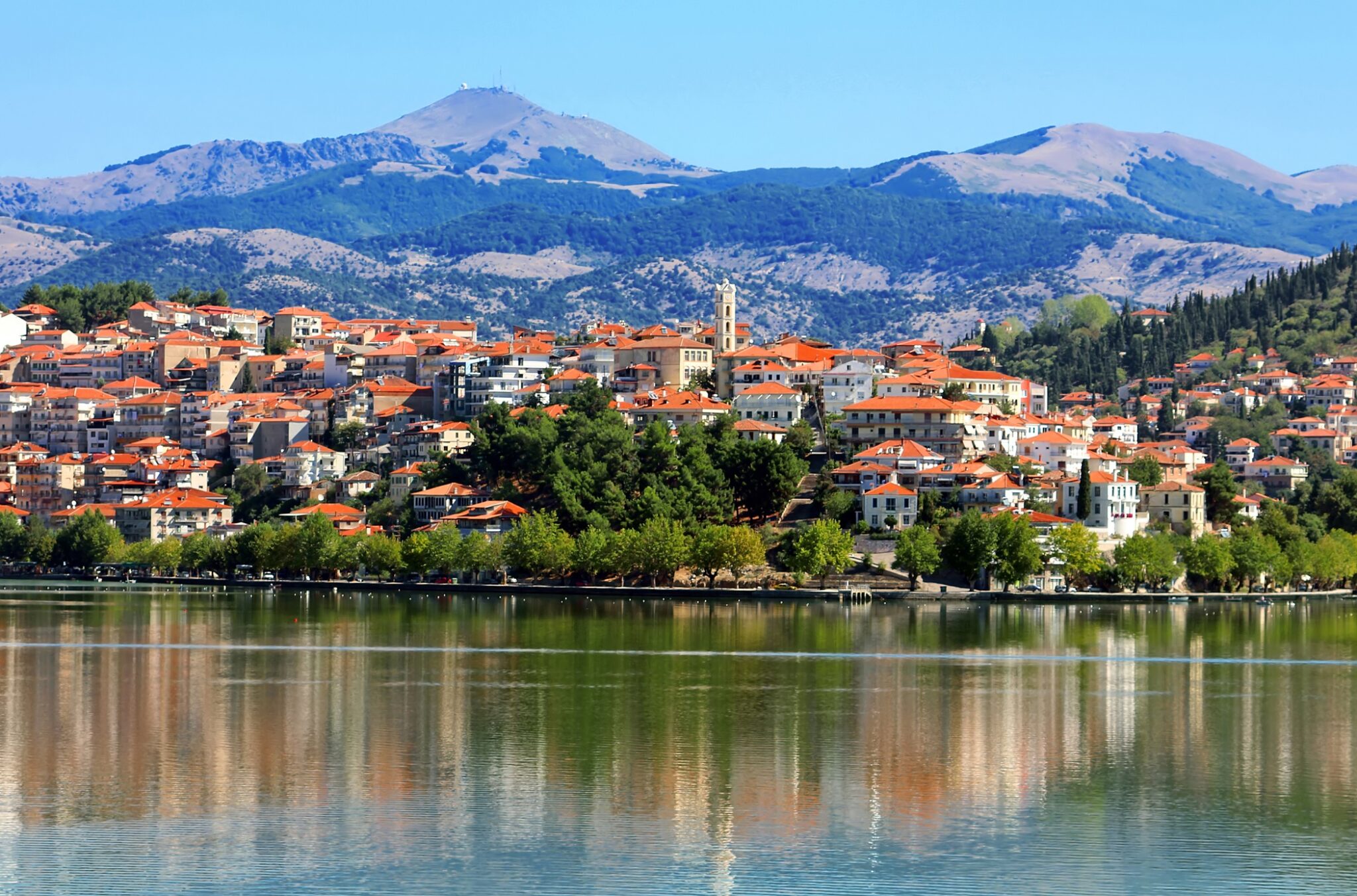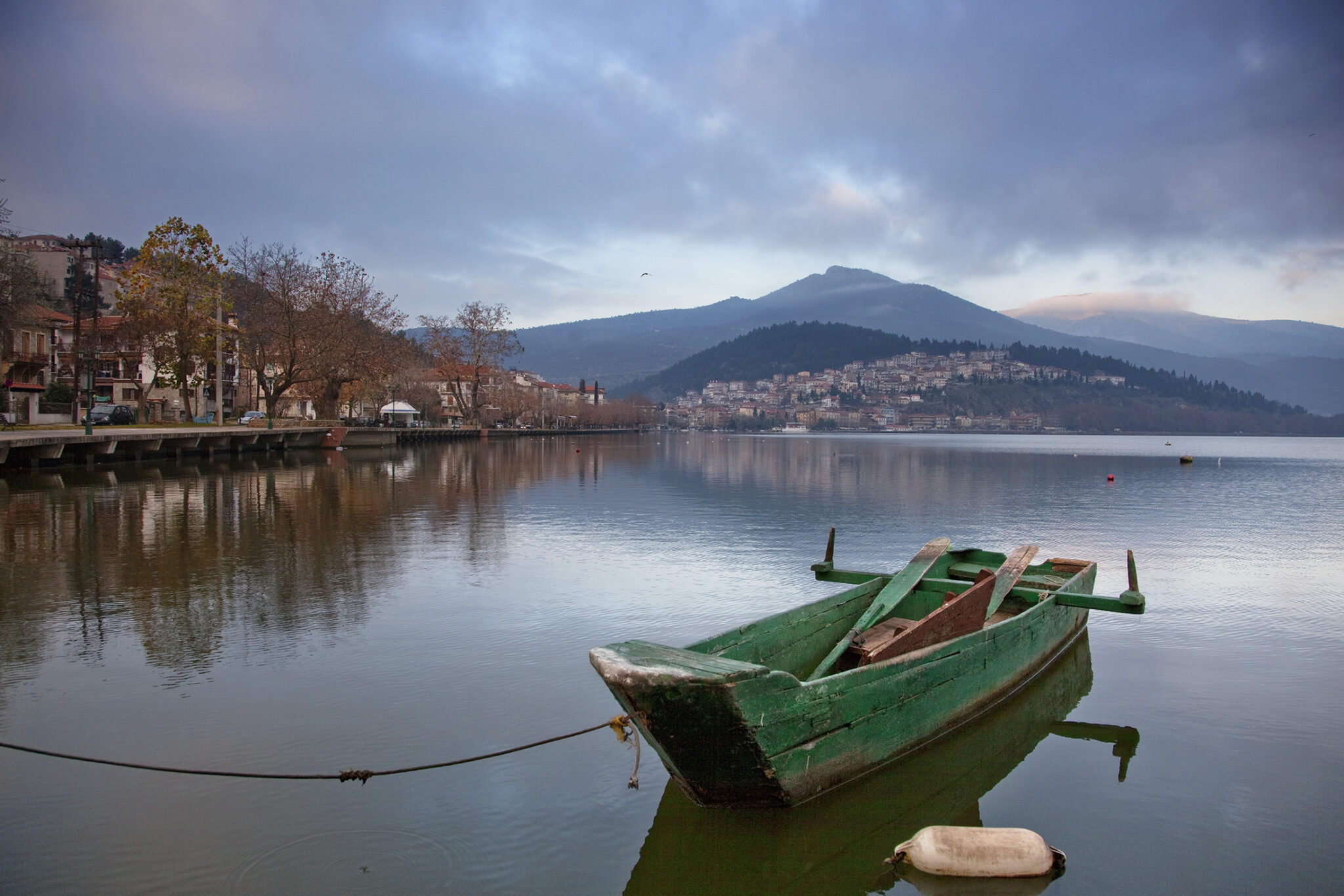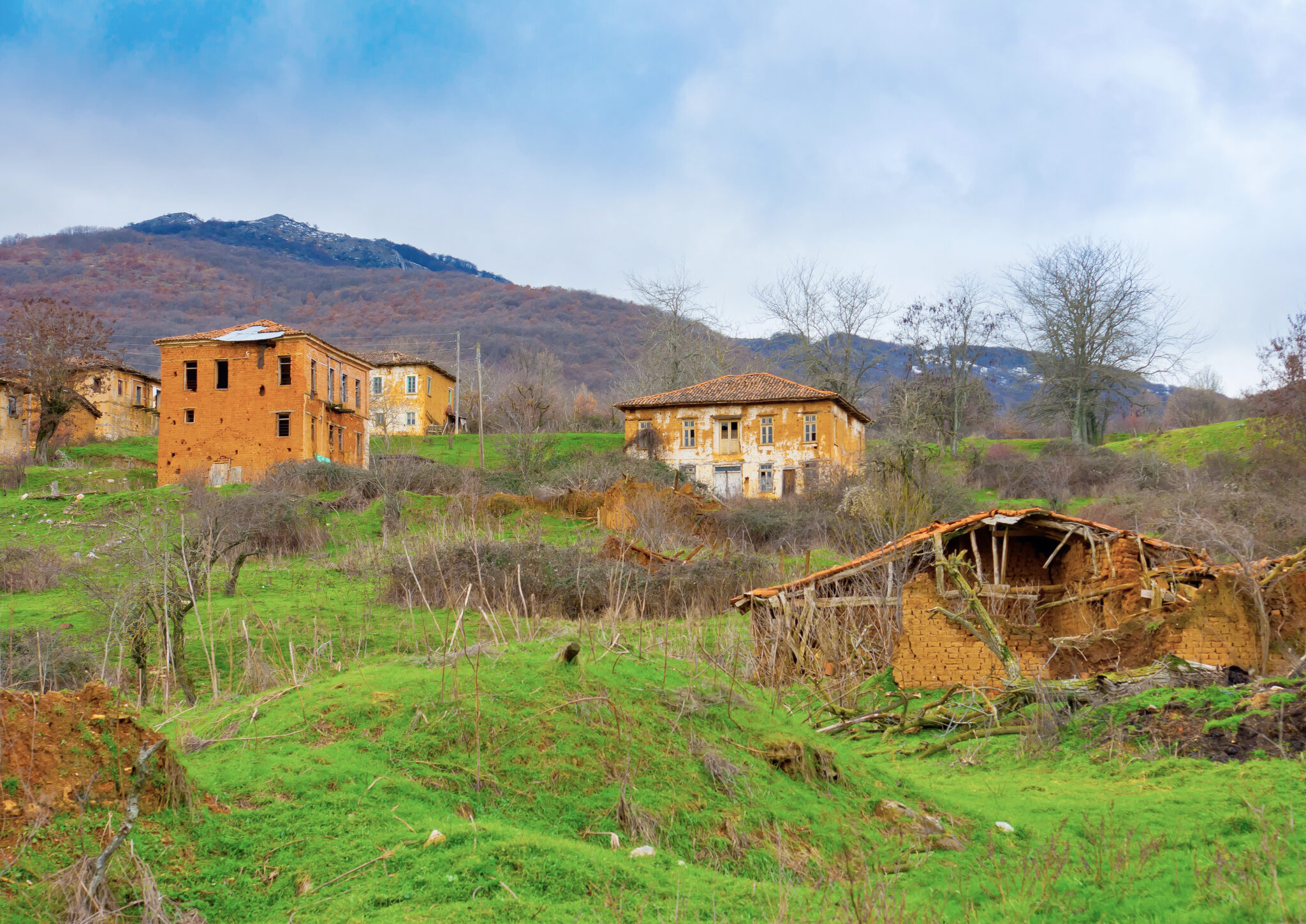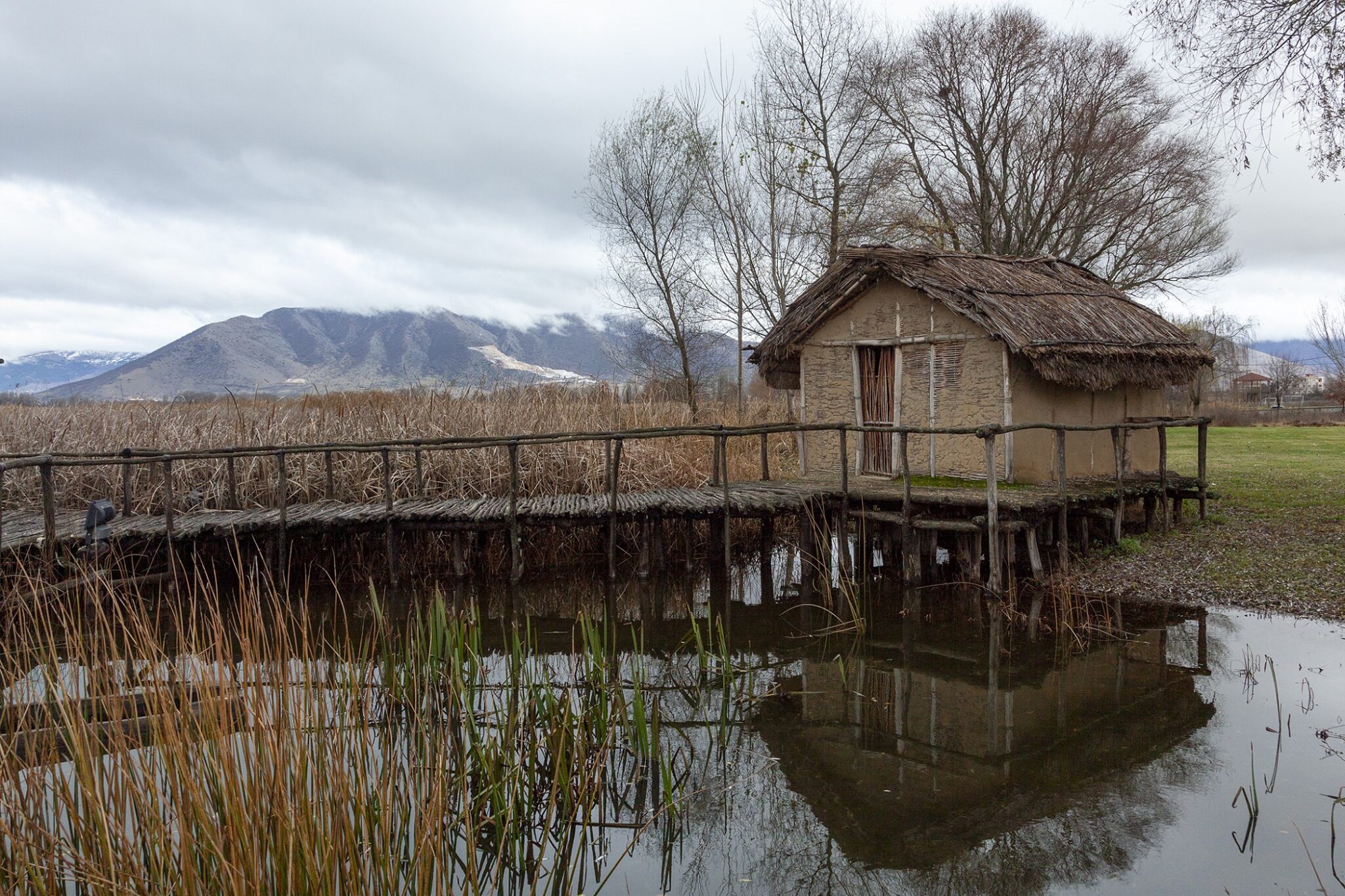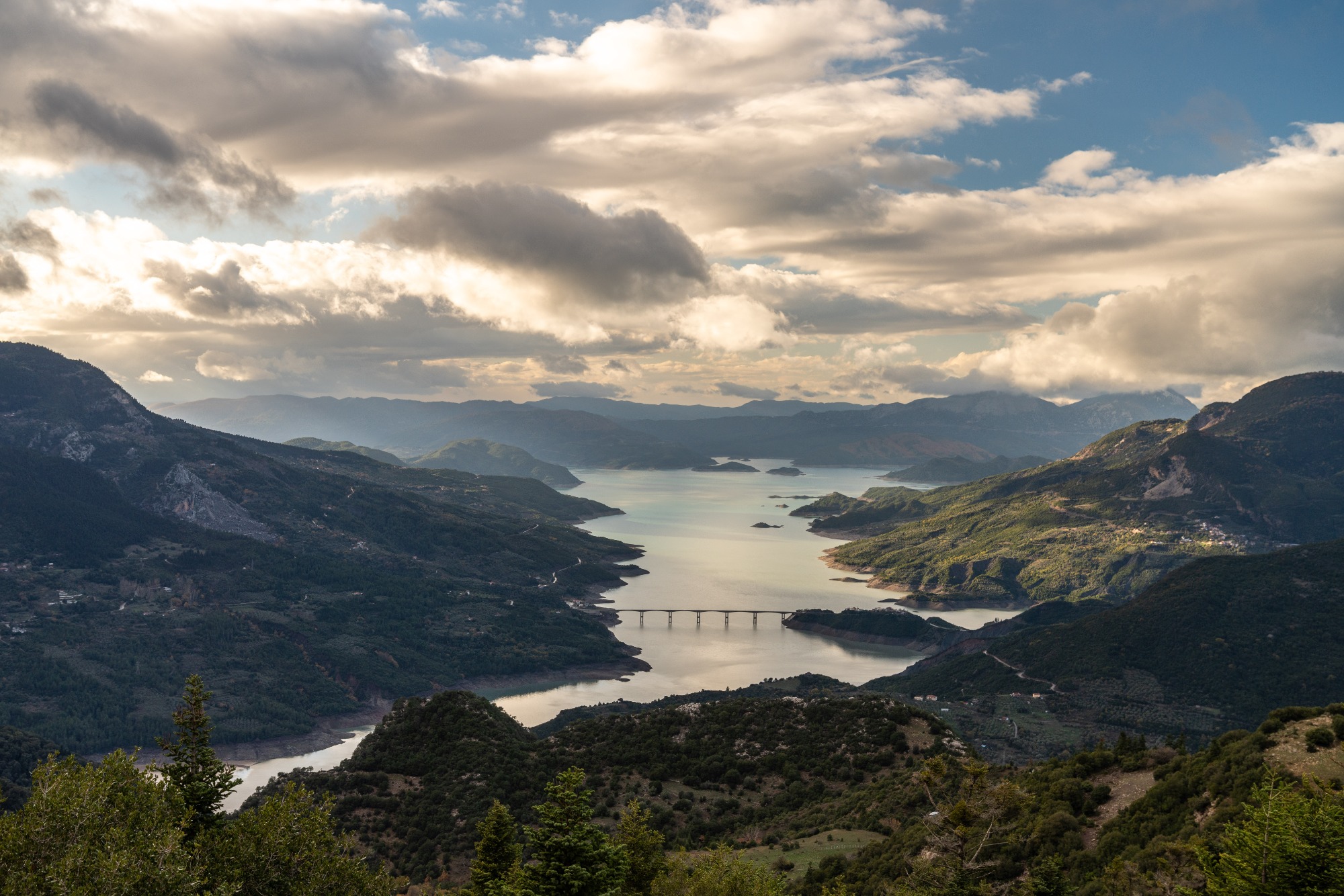How can you get to see four lakes in a single journey? As autumn approaches, the urge for a seasonal escape within the amber and crimson hues of nature becomes imperative. And what could possibly be a more enchanting autumnal destination than the Western Macedonia and its captivating circuit of lakes that fills the soul and delights the eyes with a continuous shift of landscapes and hues?
Beginning at Lake Vegoritida in the east of Amyntaio, steer further west towards the tranquil Lake Petron. Known for the pretty village of Agios Panteleimon, the considerably large Lake Vegoritida lies in the heart of a mesmerising and somewhat lunar landscape that morphs with each season, conjuring a unique tableau that encapsulates the natural beauty intrinsic to each phase of the year.
If folklore generally depicts lakes and rivers as interconnected, do bear in mind that this is the rule in the case of Vegoritida and the small lake of Petron. These two lakes are united both above and underground by a network of channels that facilitate the flow of waters from one lake to the other, maintaining a steady water level throughout the year in this way.
Despite the degradation it has endured due to the activities of the Public Power Corporation, the lake of Petron remains a vibrant ecosystem and even more, a bewitching natural landscape endowed with a natural melancholy that is vividly captured in every photograph.
Leaving behind the small barren mountainous volumes that surround the two lakes of Amyntaio, take the road connecting Kastoria and Amyntaio until you reach the village of Pedino, where you will turn towards Valtonera, and from there head straight to Limnochori.
This little settlement, with a name echoing its lake-side location, lies adjacent to the relatively shallow, small, and tranquil Lake Zazari.
With a depth nearing four metres, Lake Zazari sits at the foot of Mount Verno and belongs to the broader complex of lakes in Western Macedonia, communicating subterraneously with its sister lake, Cheimaditida just a few kilometres away. The two lakes are protected ecosystems, as they host rare species such as the ferruginous duck, which you will undoubtedly observe taking undisturbed and proud strolls upon the calm waters.
Embarking on the road towards Aetos and then veering back towards Kastoria, you’ll find yourself navigating through a lush hillside that every autumn swathes itself in every conceivable hue of brown, red and orange, offering a spectacle rivalled only by the vistas in Valia Kalda or Karpenisi. As you negotiate the downhill curves of Mount Kleisoura, the distant shimmer of Lake Orestiada begins to peek through on the horizon. This renowned and picturesque lake in Kastoria marks the final halt on the lakes journey of Western Macedonia, standing as a crucial ecosystem and a beacon of culture with immense ethnographic value.
Designated as a protected Natura 2000 area due to the abundant presence of rare bird and fish species, Lake Orestiada is a significant ecosystem that, despite periodic environmental strains, manages to sustain its vigour and vitality. In years past, the lake would freeze for a fortnight each winter, with the locals from the city and surrounding villages crafting makeshift sleds to traverse the thick ice sheet from one end of the basin to the other.
While this bucolic tableau has largely vanished today, Lake Orestiada conjures a magical landscape that beckons to be experienced, captured, and above all, felt deeply at every hour of the day – whether bathed in sunlight or not.



